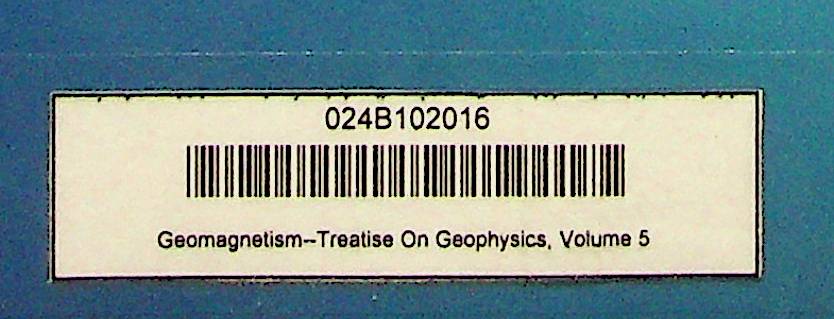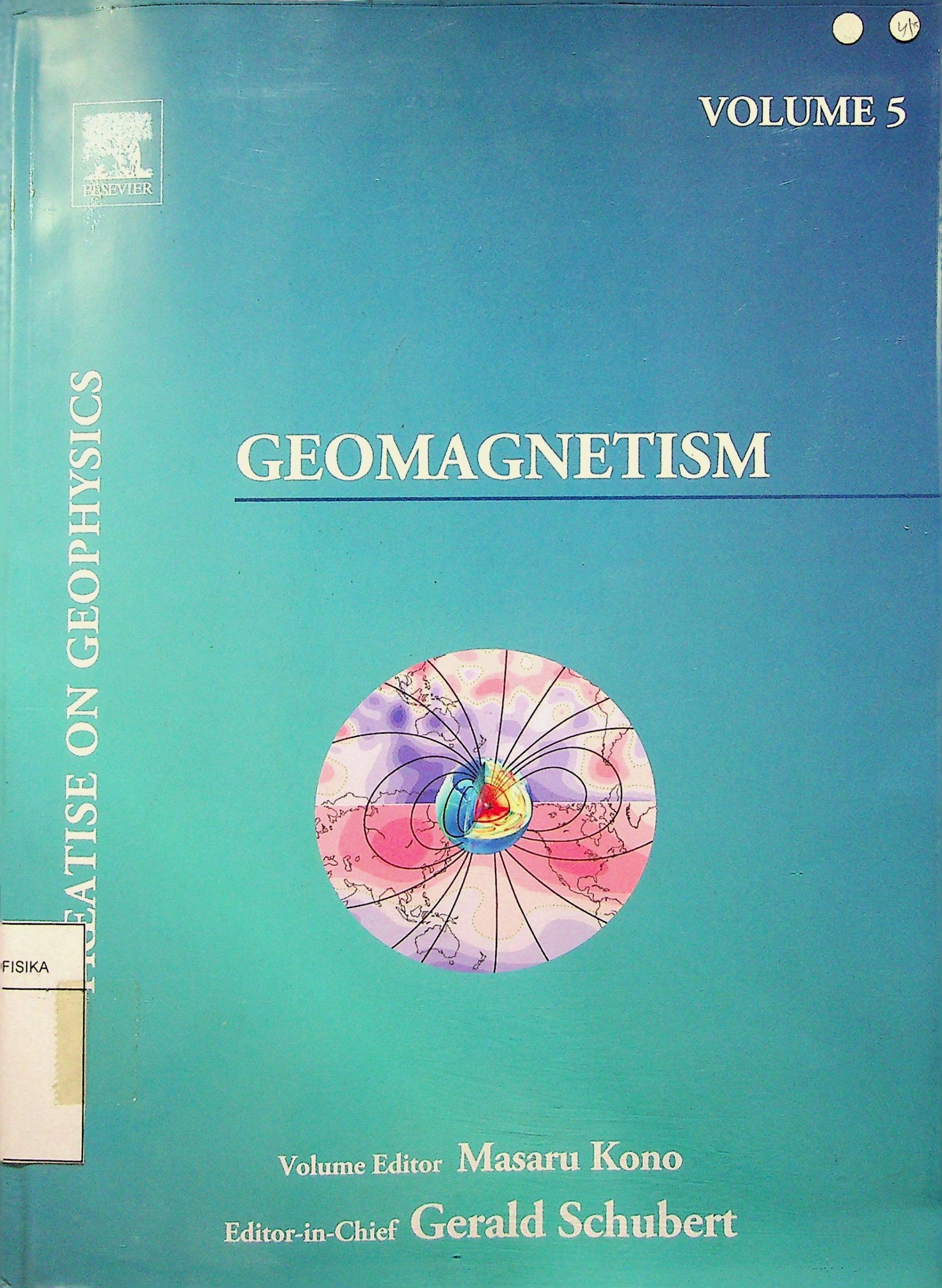Geophysics is the physics of the Earth, the science that studies the Earth by measuring the physical con¬sequences of its presence and activity. It is ascience of extraordinary breadth, requiring 10 volumes of this treatise for its description. Only a treatise can present a science with the breadth ofgeophysics if, in addition to completeness of the subject matter, it is intended to discuss the material in great depth. Thus, while there are many books on geophysics dealing with its many subdivisions, a single book cannot give more than an ntroductory flavor of each topic. At the other extreme, a single book can cover one aspect of geophysics in great detail, as is done in each of the volumes of this treatise, but the treatise has the unique advantage of having been designed as an integrated series, an important feature of an interdisciplinary science such as geophysics. From the outset, the treatise was planned to cover each area of geophysics from the basics to the cutting edge so that the beginning student could learn the subject and the advanced researcher could have an up-to-date and thorough exposition of the state of the field. The planning of the contents of each volume was carried out with the active participation of the editors of all the volumes to insure that each subject area of the treatise benefited from the multitude of connections to other areas.Geophysics includes the study of the Earth’s fluid envelope and its near-space environment. However, in this treatise, the subject has been narrowed to the solid Earth. The Treatise on Geophysics discusses the atmo¬sphere, ocean, and plasmasphere of the Earth only in connection with how these parts of the Earth affect the solid planet. While the realm ofgeophysics has here been narrowed to the solid Earth, it is broadened to include other planets of our solar system and the planets of other stars. Accordingly, the treatise includes a volume on the planets, although that volume deals mostly with the terrestrial planets of our own solar system. The gas and ice giant planets of the outer solar system and similar extra-solar planets are discussed in only one chapter of the treatise. Even the Treatise on Geophysics must be circumscribed to some extent One could envision a future treatise on Planetary and Space Physics or a treatise on Atmospheric and Oceanic Physics.Geophysics is fundamentally an interdisciplinary endeavor, built on the foundations of physics, mathematics, geology, astronomy, and other disciplines. Its roots therefore go far back in history, but the science has blossomed only in the last century with the explosive increase in our ability to measure the properties of the Earth and the processes going on inside the Earth and on and above its surface. The technological advances ofthe last century in laboratory and field instrumentation, computing, and satellite-based remote sensing are largely responsible for the explosive growth of geophysics. In addition to the enhanced ability to make crucial measurements and collect and analyze enormous amounts of data, progress in geophysics was facilitated by the acceptance of the paradigm of plate tectonics and mantle convection in the 1960s. This new view of how the Earth works enabled an under-standing of earthquakes, volcanoes, mountain building, indeed all of geology, at a fundamental level. The xploration of the planets and moons of our solar system, beginning with the Apollo missions to the Moon, has invigorated geophysics and further extended its purview beyond the Earth. Today geophysics is a vital and thriving enterprise involving many thousands of scientists throughout the world. The interdisciplinarity and global nature of geophysics identifies it as one of the great unifying endeavors of humanity.The keys to the success of an enterprise such as the Treatise on Geophysics are the editors of the individual volumes and the authors who have contributed chapters. The editors are leaders in their fields of expertise, as distinguished a group of geophysicists as could be assembled on the planet. They know well the topics that had to be covered to achieve the breadth and depth required by the treatise, and they know who were the b
5
GEOMAGNETISM
Professor Gerald Schubert & Dr. Masaru Kono
Penerbit :
Elsevier B.V. All rights reserved
Tahun :
2009
Buku Text
-
No Scan63
-
No Klasifikasi538.7
-
ISBN
-
ISSN
-
No Registrasi024B102016
-
Lokasi Terbit
-
Jumlah Hal46
-
Label538.7 Mas g
-
Versi DigitalTIDAK
-
Versi FisikTIDAK
-
Lokasi Rak Buku Fisik//
-
Jumlah Exemplar Fisik Tersedia-






